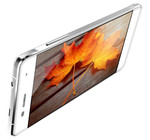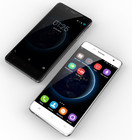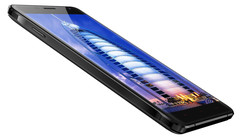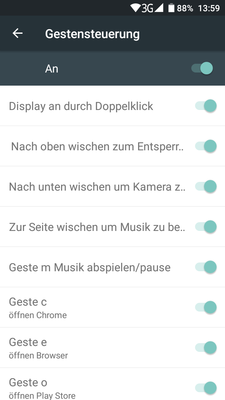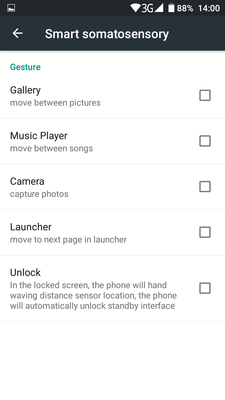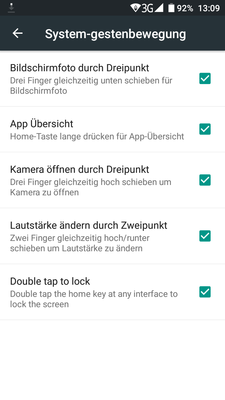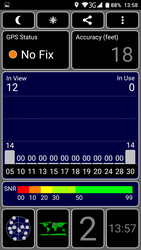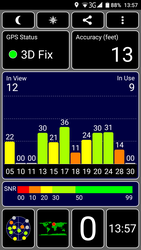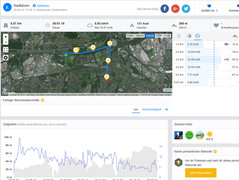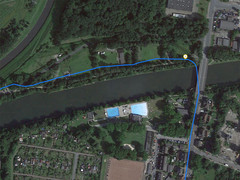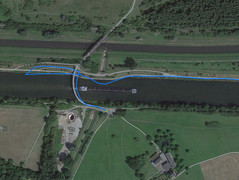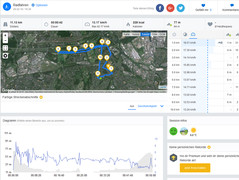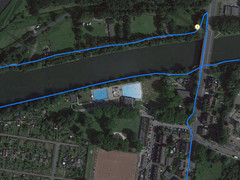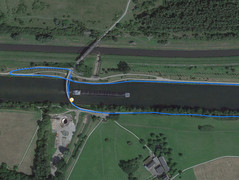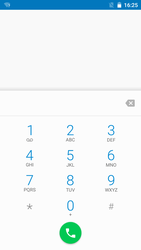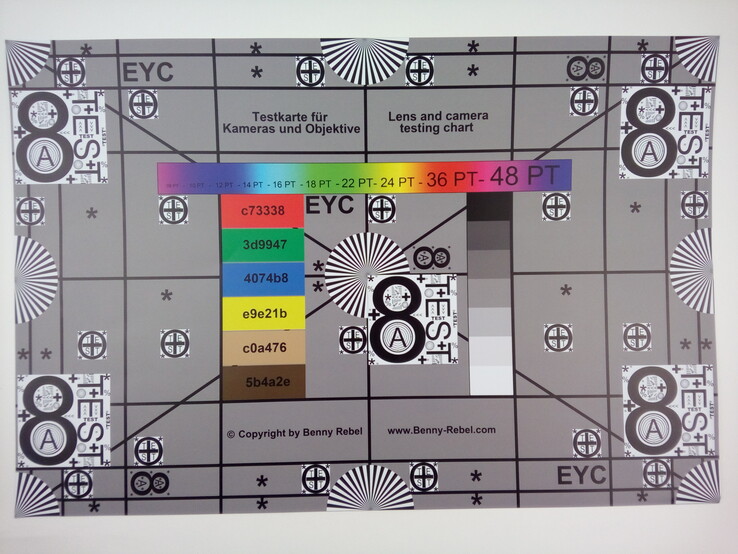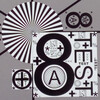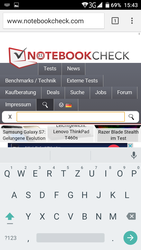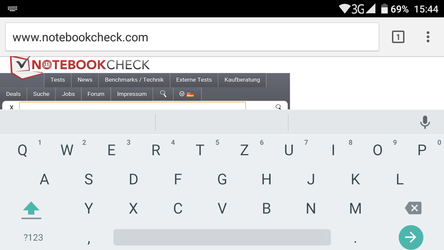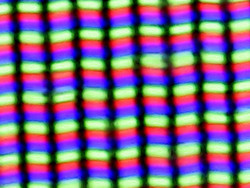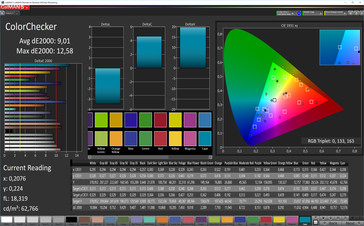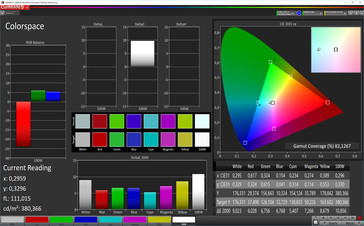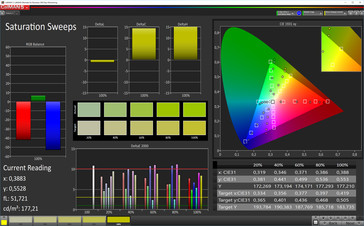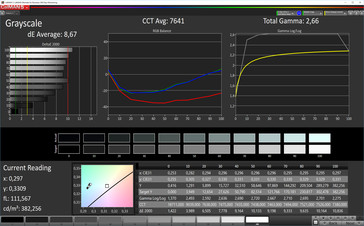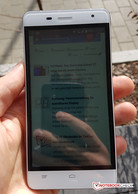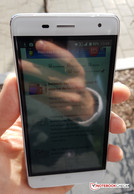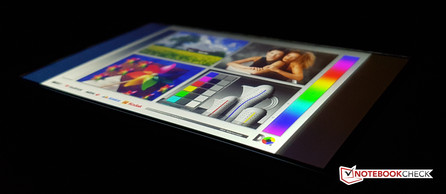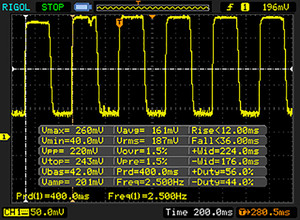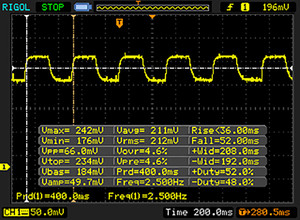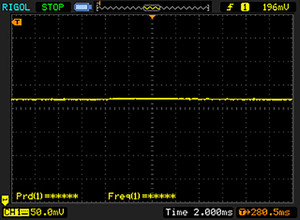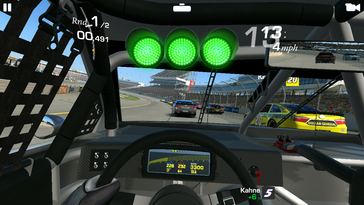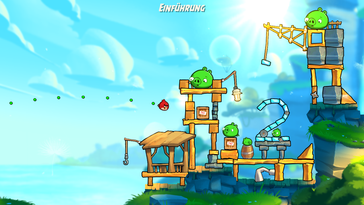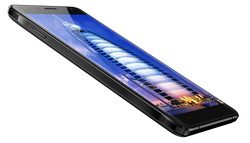Oukitel K4000 Pro Smartphone Review
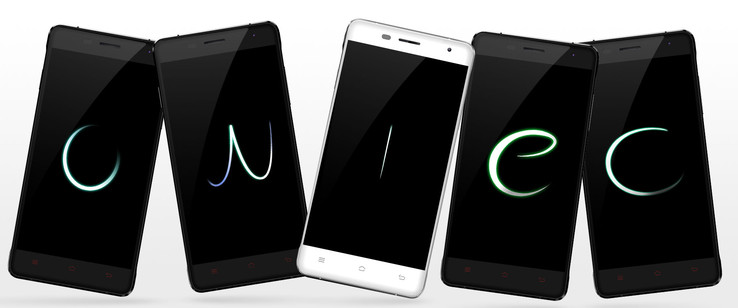
For the original German review, see here.
The Chinese manufacturer Oukitel advertises its K4000 Pro smartphone as a particularly robust and long-lasting smartphone. The 4600 mAh battery, which is very generously sized for a 5-inch smartphone, is to ensure the latter. The manufacturer also states that the 1.1 millimeter (~0.04 in) screen is approximately 60% stronger than the panels of "normal" smartphones, which is especially protected if dropped.
The price of around 120 Euros (~$136) for the dual-SIM capable K4000 Pro is comparatively low. Since Oukitel does not sell its devices directly on the German market, the smartphone can only be purchased via import companies. The handset is available in black or white.
Most rivals in this price range are Android based: LG Spirit and Motorola Moto E 2015 (2nd generation). However, the latest Lumia 550 entry-level handset by Microsoft is a potential alternative.
Case
The 5-inch smartphone's weight and height are downright surprising when taking the handset out of its box for the first time. Oukitel's K4000 Pro is very heavy and bulky at 250 grams (~8.8 oz) and 12.5 millimeters (~0.5 in) respectively. The solid, angular metal bezel on the handset's sides does not contribute to a better feel. The build of the volume and power buttons is not compelling; the plastic buttons clatter and wobble. On the other hand, the pressure points are good for this device category.
The surface of the removable plastic back features a leather-like design that is familiar from Samsung Galaxy Note 3. The centered 8 megapixel primary camera juts out noticeably from the casing. The 16 GB internal storage can be expanded via a micro-SD card and the battery with a nominal output of 4600 mAh can be replaced after removing the back cover.
The front of Oukitel's K4000 Pro is made of scratch-resistant glass that is integrated into the casing's lightly curved, 2.5D bezel. The edges around the 720x1280 pixel screen (294 PPI) are relatively wide. The dimensions of 145.6 x 72 millimeters (~5.7 x 2.8 in) and a screen diagonal of 5 inches result in a screen-surface ratio of just 65.7%.
The casing's stability is very good. However, the back of our review sample is quite easy to dent with little pressure, which sometimes produces creaking noises.
Connectivity
The internal eMMC storage of 16 GB is generous for this price range, and it can be expanded via a micro-SD card when required. After deducting the operating system, the user has 12.93 GB (ROM) for personal usage. Mediatek's 64-bit quad-core CPU in Oukitel's K4000 Pro can also utilize 2 GB of working memory (RAM), which is not a matter of course in the entry-level smartphone sector.
In addition to recharging, the micro-USB port on the handset's lower edge can also be connected to external keyboards or flash drives via an OTG adapter. The smartphone also features an FM radio and "Fast Charging". Moving compatible apps to the SD card (App2SD) functioned without problems.
Software
Android 5.1 Lollipop is the operating system preloaded on our review sample. However, the manufacturer has announced an upgrade to Android 6.0 (Marshmallow) for late April to early May. According to Oukitel, new devices are to be delivered with Android 6.0 ex-factory. The user interfaces stick closely to Google's standard Android. In contrast, the app design looks relatively cramped and colorful. Oukitel does not use an app drawer in the K4000 Pro and thus all installed apps are distributed over the home screen.
In line with the configuration, there are plenty of software features for customizing the handset in view of the price range. For example, it is possible to open applications via predetermined gestures or movements or to move photos without touching the handset - as already familiar from Samsung devices.
Communication & GPS
Oukitel incorporates dual-SIM functionality in the K4000 Pro. This enables using two micro-SIM cards without having to forgo expanding the storage via micro-SD card. The smartphone connects to the Internet via LTE Cat. 4, which theoretically allows a maximum speed of 150 MBit/s (download) and 50 MBit/s (upload). Beyond that, it supports all frequency bands relevant in Germany. This is also true for the 2G and 3G mobile networks.
Oukitel's K4000 Pro connects to Wi-Fi using the 802.11 b/g/n standards. Its reception performance ensured a decent and consistently stable signal. Bluetooth version 4.0 is installed for communicating with other mobile devices. An NFC chip is not present.
The reception performance of the installed GPS module was bad. Clear differences between the smartphone and the Garmin Edge 500 reference GPS navigation system became evident on our roughly 11 kilometer (~6.8 mi) test route (>6 kilometers/3.7 mi). This major deviation is due to the fact that a part of the route was not recorded. Connecting to a satellite was not possible indoors. Localization was relatively good and fast outdoors. The accuracy is mediocre at 13 feet, approx. 4 meters.
Telephone & Call Quality
The phone app corresponds largely to Google's standard application. The earpiece's sound and voice quality are satisfactory. Their maximum volume also ensures good intelligibility of the contact. Our contact also perceived the microphone in test calls and video calls via Skype as clear.
Cameras & Multimedia
The primary camera on the rear of Oukitel's K4000 Pro has an aperture of f/2.0 and a resolution of 8 megapixels. However, photos are interpolated to 13 megapixels. It looks similar to pictures shot using the 2 megapixel front-facing camera, which are interpolated to 5 megapixels.
The quality of the 8 megapixels is acceptable for a device in this price range even though the photos suffer from blurriness (scene photo) and especially image noise (ambient/room photo). The autofocus is also rather inaccurate - reproduced details are very rough. The rear-sided LED flash is quite suitable for using the preloaded flashlight app. The added value for photos in low-light conditions is rather low. The K4000 Pro records videos in 1080p at 30 FPS.
The interpolated photos taken with the front-facing camera are roughly on par with the rivals from this price range in terms of color reproduction and image sharpness - and average if at all. However, it is still quite useful for video conferencing.
Accessories
As well as the handset, a quick start guide, modular power supply and a USB charging cable are in the box. Moreover, Oukitel adds a transparent plastic cover plus a screen protector for the display. The latter is already fitted ex-factory.
Warranty
Oukitel includes a 12-month warranty period on its smartphones.
Input Devices & Handling
The touchscreen is accurate up into the corners and multi-touch gestures are detected reliably. The K4000 Pro does not have any on-screen buttons; three capacitive, non-illuminated buttons below the screen are used for control. Oukitel preloads Google's standard Android keyboard for on-screen inputting. Oukitel's K4000 Pro also supports gesture control. For example, the smartphone can be muted by turning it around on its screen, and tapping the disabled screen twice wakes it up from standby mode. Both functioned very well in the test.
Display
The 5-inch LC display has an agreeable resolution of 720x1280 pixels (294 PPI), and the content is displayed correspondingly sharp. The IPS panel's maximum brightness of 390 cd/m² is relatively low, but it proves sufficient in routine use. The practical APL 50 test achieves a brightness of 369 cd/m² in the screen's center, which is hardly different from the maximum rate. Content is still legible in direct sunlight. However, the brightness sensor should be disabled in this case because it reduces the maximum brightness to 297 cd/m². A reduction of the maximum brightness in auto mode is a unique test occurrence.
| |||||||||||||||||||||||||
Brightness Distribution: 89 %
Center on Battery: 360 cd/m²
Contrast: 1000:1 (Black: 0.36 cd/m²)
ΔE Color 9.01 | 0.5-29.43 Ø5
ΔE Greyscale 8.67 | 0.57-98 Ø5.3
Gamma: 2.66
| Oukitel K4000 Pro , MT6735, 16 GB eMMC Flash | Microsoft Lumia 550 Adreno 304, 210 MSM8909, 8 GB eMMC Flash | Motorola Moto E 2. Gen 2015 Adreno 306, 410 MSM8916, 8 GB eMMC Flash | LG Spirit Adreno 306, 410 MSM8916, 8 GB eMMC Flash | Samsung Galaxy S7 Mali-T880 MP12, Exynos 8890, 32 GB UFS 2.0 Flash | |
|---|---|---|---|---|---|
| Screen | 8% | 11% | 4% | 39% | |
| Brightness middle | 360 | 536 49% | 217 -40% | 359 0% | 350 -3% |
| Brightness | 367 | 535 46% | 204 -44% | 348 -5% | 351 -4% |
| Brightness Distribution | 89 | 95 7% | 55 -38% | 92 3% | 98 10% |
| Black Level * | 0.36 | 0.62 -72% | 0.15 58% | 0.46 -28% | |
| Contrast | 1000 | 865 -13% | 1447 45% | 780 -22% | |
| Colorchecker dE 2000 * | 9.01 | 5.81 36% | 4.12 54% | 5.17 43% | 2.04 77% |
| Colorchecker dE 2000 max. * | 12.58 | 12.3 2% | 3.25 74% | ||
| Greyscale dE 2000 * | 8.67 | 7.72 11% | 4.87 44% | 5.4 38% | 1.63 81% |
| Gamma | 2.66 83% | 2.18 101% | 2.38 92% | 2.35 94% | 2.07 106% |
| CCT | 7641 85% | 8701 75% | 6019 108% | 7168 91% | 6391 102% |
| Color Space (Percent of AdobeRGB 1998) | 86.86 | ||||
| Color Space (Percent of sRGB) | 99.35 |
* ... smaller is better
The contrast and black level of Oukitel's K4000 Pro is outstanding, although the good rates are due to the screen's low brightness. The handset presents clear shortcomings in color reproduction. DeltaE deviation of 9.01 (color accuracy) and 8.67 (grayscale) are below-average even in this price range. The deviations to the sRGB reference color space are also quite high. The measurements with the Colorimeter (CalMAN software) resulted in a slightly cool color reproduction (7641 K). However, this is barely visible in everyday use.
Display Response Times
| ↔ Response Time Black to White | ||
|---|---|---|
| 48 ms ... rise ↗ and fall ↘ combined | ↗ 12 ms rise | |
| ↘ 36 ms fall | ||
| The screen shows slow response rates in our tests and will be unsatisfactory for gamers. In comparison, all tested devices range from 0.1 (minimum) to 240 (maximum) ms. » 99 % of all devices are better. This means that the measured response time is worse than the average of all tested devices (21.5 ms). | ||
| ↔ Response Time 50% Grey to 80% Grey | ||
| 88 ms ... rise ↗ and fall ↘ combined | ↗ 36 ms rise | |
| ↘ 52 ms fall | ||
| The screen shows slow response rates in our tests and will be unsatisfactory for gamers. In comparison, all tested devices range from 0.2 (minimum) to 636 (maximum) ms. » 99 % of all devices are better. This means that the measured response time is worse than the average of all tested devices (33.7 ms). | ||
Screen Flickering / PWM (Pulse-Width Modulation)
| Screen flickering / PWM not detected | |||
In comparison: 53 % of all tested devices do not use PWM to dim the display. If PWM was detected, an average of 17900 (minimum: 5 - maximum: 3846000) Hz was measured. | |||
Performance
Mediatek's MT6735 installed in Oukitel's K4000 Pro is an ARM SoC from 2014. Its performance is roughly on the same level as Qualcomm's Snapdragon 410 from the Android rivals (LG Spirit and Motorola Moto E 2015). The processor's 64-bit architecture could not be used at test time because the system ran in Android 5.1 32-bit.
As expected, the review sample's benchmark scores are on par with other entry-level smartphones. However, it does not reach the results of Motorola's Moto E 2015. Oukitel's K4000 Pro can, however, score with comparatively high sequential transfer rates of almost 200 MB/s (read) and 40 MB/s (write) in the "Androbench 4" storage test. Browsing in Chrome mostly functioned without problems. It sometimes took slightly longer for the content to be displayed or refreshed.
The review sample could not identify our Toshiba Exceria Pro M401 micro-SD card, and thus we cannot provide the SD card reader's performance based on our reference card. A Medion micro-SD card (class 6) achieved transfer rates of 17.45 MB/s (read) and 8.31 MB/s (write). By comparison: Samsung's Galaxy S7 (Edge), with good outcomes in the SD card reader test, achieved similar transfer rates (19.38 MB/s read; 8.19 MB/s write).
| AndroBench 3-5 | |
| Sequential Write 256KB SDCard (sort by value) | |
| Samsung Galaxy S7 | |
| Sequential Read 256KB SDCard (sort by value) | |
| Samsung Galaxy S7 | |
| Random Write 4KB (sort by value) | |
| Oukitel K4000 Pro | |
| Motorola Moto E 2. Gen 2015 | |
| LG Spirit | |
| Samsung Galaxy S7 | |
| Random Read 4KB (sort by value) | |
| Oukitel K4000 Pro | |
| Motorola Moto E 2. Gen 2015 | |
| LG Spirit | |
| Samsung Galaxy S7 | |
| Sequential Write 256KB (sort by value) | |
| Oukitel K4000 Pro | |
| Motorola Moto E 2. Gen 2015 | |
| LG Spirit | |
| Samsung Galaxy S7 | |
| Sequential Read 256KB (sort by value) | |
| Oukitel K4000 Pro | |
| Motorola Moto E 2. Gen 2015 | |
| LG Spirit | |
| Samsung Galaxy S7 | |
| Geekbench 3 | |
| 32 Bit Multi-Core Score (sort by value) | |
| Oukitel K4000 Pro | |
| Motorola Moto E 2. Gen 2015 | |
| 32 Bit Single-Core Score (sort by value) | |
| Oukitel K4000 Pro | |
| Motorola Moto E 2. Gen 2015 | |
| 64 Bit Multi-Core Score (sort by value) | |
| LG Spirit | |
| Samsung Galaxy S7 | |
| 64 Bit Single-Core Score (sort by value) | |
| LG Spirit | |
| Samsung Galaxy S7 | |
| GFXBench (DX / GLBenchmark) 2.7 | |
| T-Rex Onscreen (sort by value) | |
| Oukitel K4000 Pro | |
| Motorola Moto E 2. Gen 2015 | |
| Microsoft Lumia 550 | |
| LG Spirit | |
| Samsung Galaxy S7 | |
| 1920x1080 T-Rex Offscreen (sort by value) | |
| Motorola Moto E 2. Gen 2015 | |
| Microsoft Lumia 550 | |
| LG Spirit | |
| Samsung Galaxy S7 | |
| GFXBench 3.0 | |
| on screen Manhattan Onscreen OGL (sort by value) | |
| Oukitel K4000 Pro | |
| Motorola Moto E 2. Gen 2015 | |
| LG Spirit | |
| Samsung Galaxy S7 | |
| 1920x1080 1080p Manhattan Offscreen (sort by value) | |
| Oukitel K4000 Pro | |
| Motorola Moto E 2. Gen 2015 | |
| LG Spirit | |
| Samsung Galaxy S7 | |
| GFXBench 3.1 | |
| on screen Manhattan ES 3.1 Onscreen (sort by value) | |
| Oukitel K4000 Pro | |
| Samsung Galaxy S7 | |
| 1920x1080 Manhattan ES 3.1 Offscreen (sort by value) | |
| Oukitel K4000 Pro | |
| Samsung Galaxy S7 | |
| PCMark for Android | |
| Work 2.0 battery life (sort by value) | |
| Samsung Galaxy S7 | |
| Work 2.0 performance score (sort by value) | |
| Samsung Galaxy S7 | |
| Work performance score (sort by value) | |
| Oukitel K4000 Pro | |
| Samsung Galaxy S7 | |
| JetStream 1.1 - Total Score (sort by value) | |
| Oukitel K4000 Pro | |
| Microsoft Lumia 550 | |
| Samsung Galaxy S7 | |
| Octane V2 - Total Score (sort by value) | |
| Oukitel K4000 Pro | |
| Motorola Moto E 2. Gen 2015 | |
| Microsoft Lumia 550 | |
| LG Spirit | |
| Samsung Galaxy S7 | |
| Mozilla Kraken 1.1 - Total (sort by value) | |
| Oukitel K4000 Pro | |
| Motorola Moto E 2. Gen 2015 | |
| Microsoft Lumia 550 | |
| LG Spirit | |
| Samsung Galaxy S7 | |
* ... smaller is better
Games
Like the processor, the ARM Mali T720 GPU integrated in Mediatek's SoC is from the entry-level category. Despite some poor benchmark results, the Mali T720 is still enough for playing games from the current generation ("Real Racing 3", "Angry Birds 2") - although that involves fairly long load times. The integrated position sensors also function well. Only the rear-sided speaker is easily covered when playing in landscape mode.
Emissions
Temperature
The temperature development of Oukitel's K4000 Pro remains within limits even in load situations. The maximum measured 40.5 °C (~105 °F) are quite noticeable but not critical. This peak is also limited to one spot (lower third, rear), and is much lower in idle mode with 34.6 °C (~94 °F) at most.
(+) The maximum temperature on the upper side is 38.2 °C / 101 F, compared to the average of 35 °C / 95 F, ranging from 21.9 to 56 °C for the class Smartphone.
(±) The bottom heats up to a maximum of 40.5 °C / 105 F, compared to the average of 33.8 °C / 93 F
(±) In idle usage, the average temperature for the upper side is 33.1 °C / 92 F, compared to the device average of 32.7 °C / 91 F.
Speaker
The mono speaker in Oukitel's K4000 Pro is quite powerful with a maximum of 87 dB(A). However, the "Pink Noise" evaluation clearly shows that tones below 350 Hz are virtually not reproduced and the sound is concentrated in trebles over 1000 Hz. The handset's sound quality is not impressive; it already sounds tinny at a normal volume, and increases with higher volumes.
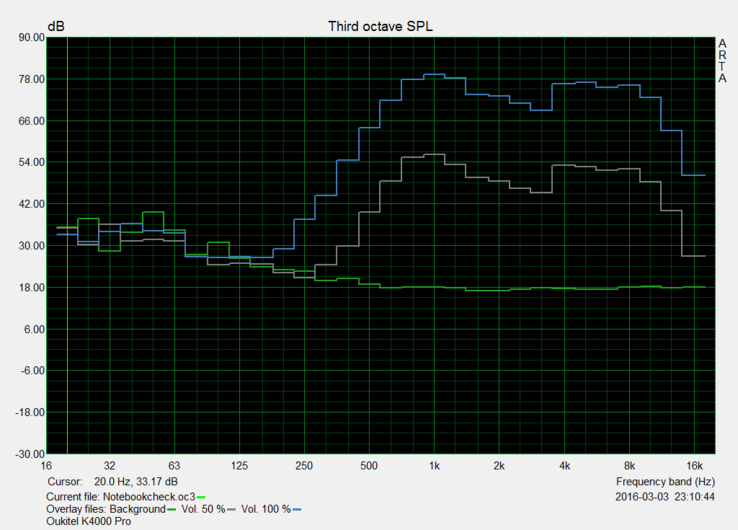
Energy Management
Power Consumption
The standby energy requirement of Oukitel's K4000 Pro is roughly on par with its rivals Lumia 550 and Motorola Moto E 2015. However, the maximum idle consumption of over 4 watts is very high. The handset does not consume significantly more power with 5.4 watts in load situations.
| Off / Standby | |
| Idle | |
| Load |
|
Battery Runtime
The smartphone's battery life is very good: As the 4600 mAh battery suggests that Oukitel's K4000 Pro is a genuine long-runner. The battery lasted 11 hours and 51 minutes in the practical Wi-Fi test (browser script, brightness approx. 150 cd/m², energy-savings mode). None of the selected comparison devices can compete with this battery life. Compared with Huawei's Mate 8 that is equipped with an identically sized battery (4000 mAh) but much larger screen (6 inches), Oukitel's K4000 Pro should have lasted slightly longer in view of the nominal output of 4600 mAh. The completely depleted battery needs about 3 hours and 24 minutes for recharging using the supplied 5 volt power supply.
| Oukitel K4000 Pro , MT6735, 16 GB eMMC Flash | Motorola Moto E 2. Gen 2015 Adreno 306, 410 MSM8916, 8 GB eMMC Flash | Microsoft Lumia 550 Adreno 304, 210 MSM8909, 8 GB eMMC Flash | LG Spirit Adreno 306, 410 MSM8916, 8 GB eMMC Flash | Samsung Galaxy S7 Mali-T880 MP12, Exynos 8890, 32 GB UFS 2.0 Flash | Huawei Mate 8 Mali-T880 MP4, Kirin 950, 32 GB eMMC Flash | |
|---|---|---|---|---|---|---|
| Battery Runtime | ||||||
| WiFi v1.3 | 711 | 506 -29% | 445 -37% | 674 -5% | 456 -36% | 865 22% |
Pros
Cons
Verdict
Long battery life, decent casing stability and an especially shatterproof screen characterize Oukitel's K4000 Pro. The IPS panel provides good viewing angles and content is displayed in high brightness with high contrast while remaining agreeably sharp.
A question that Oukitel still has to be asked: What target group is the K4000 Pro aimed at? It lacks IP67 certification (dust and waterproof) and a better GPS module for an outdoor device. Much lighter and handier alternatives, such as the Lumia 550 or Motorola Moto E 2015, exist for everyday use. They also offer a better camera and/or more power than Oukitel's K4000 Pro.
With a weight of 250 grams (~8.8 oz) and casing's height of almost 13 millimeters (~0.51 in), Oukitel's K4000 pro is a real heavyweight among smartphones.
However, buyers who can accept the dimensions and the shortcomings of the 5-inch smartphone will find a good entry-level device with an expandable internal storage that is generously sized for the price range. Plus, it does not resent heedlessness, such as bumps or drops.
Oukitel K4000 Pro
-
03/26/2016 v5(old)
Marcus Herbrich


 Deutsch
Deutsch English
English Español
Español Français
Français Italiano
Italiano Nederlands
Nederlands Polski
Polski Português
Português Русский
Русский Türkçe
Türkçe Svenska
Svenska Chinese
Chinese Magyar
Magyar